Is it safe to buy kids' toys from Temu?

Temu offers thousands of products at ultra-cheap prices, but it could come at the cost of kids’ safety.
With knock-off Lego and counterfeit Barbies, the Temu marketplace is full of fabulous-looking products that any child would love. The best part? Temu promises you can “shop like a billionaire”. Every product is cheap-as-chips, and the long-winded product names tell you exactly what you’re getting. The worst? You can’t guarantee the products you buy are safe.
To conduct its own spot check, Consumer NZ purchased a selection of children’s toys designed for infants aged 0 up to youth aged 14. We assessed each toy to see if it raised any product safety concerns. Our check revealed a range of issues – at least six of the 16 toys we purchased from Temu were unsafe. What’s more, four weren’t durable.
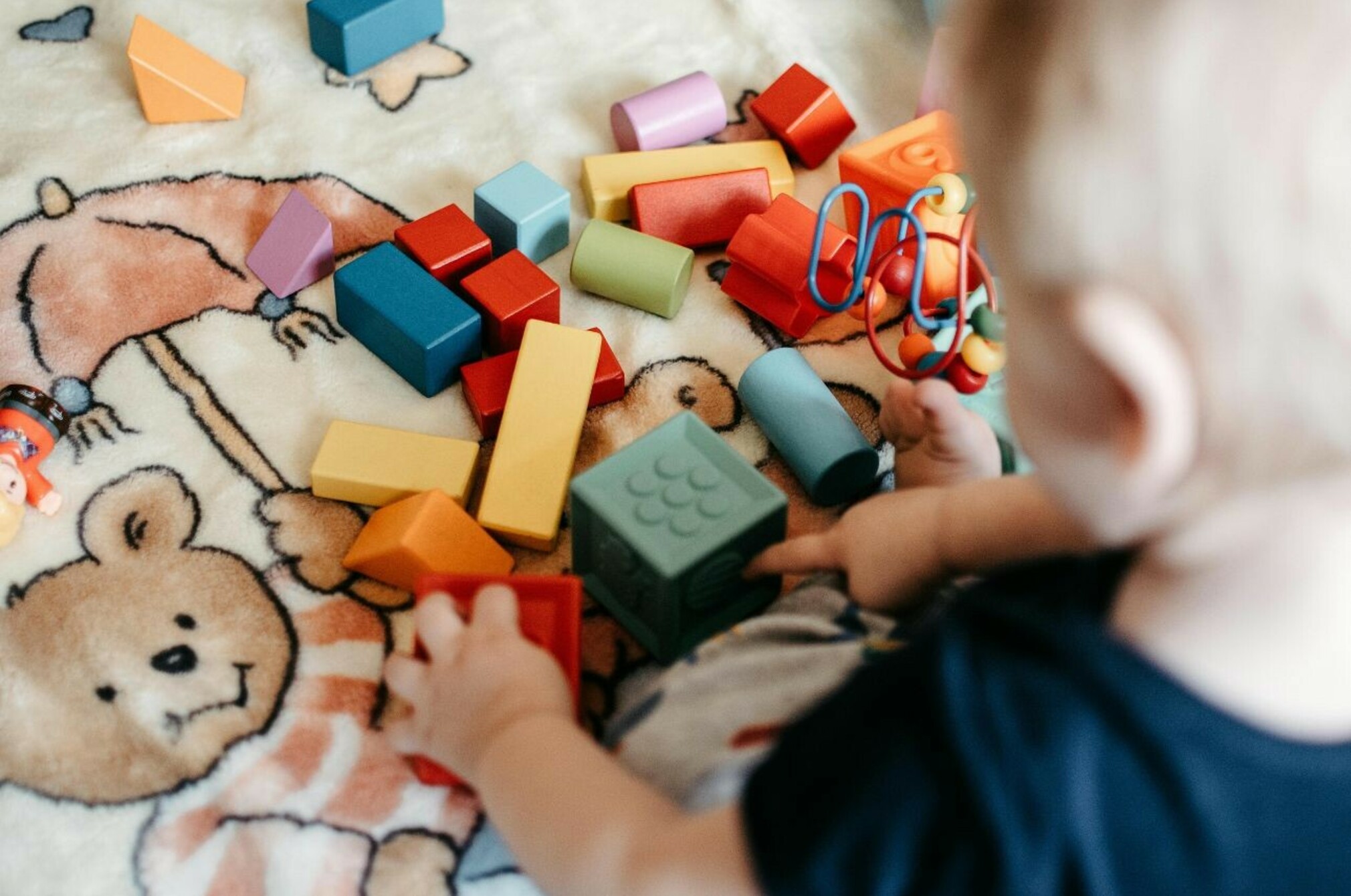
The problem with button batteries
Of the 12 toys with button batteries we purchased, two had insufficiently secured battery compartments, a cat's paw and a duck light.
Button batteries are small, round batteries used to power things like hearing aids, toys and watches. They can range in size, from the size of a 20-cent piece to the size of a pea. When button batteries come into contact with fluids, including saliva, a chemical reaction occurs, which can cause burns and tissue damage.
If swallowed, button batteries can pose a choking risk, and if battery becomes stuck, in the digestive system or elsewhere in the body, it can cause significant, irreversible damage in as little as 2 hours.
Kawaii fidget toys mini cat paw … games for kids ($4.49)
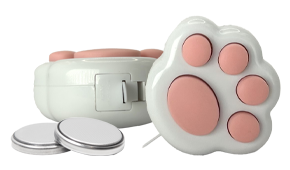
This little cat’s paw may look cute, but it was among the most concerning toys we examined. Words like “toys” and “games for kids” in the product line signalled its intended users, while the website and packaging claimed the paw was suitable for ages 3 and over.
The manufacturer’s label, stuck manually onto the packaging, included an ingestion hazard warning, stating the product contains a button battery. There was also a choking hazard warning, a suffocation warning and an additional battery warning. But the packaging for the product itself only contained a choking hazard warning and a 3+ age recommendation.
The button battery compartment was easily accessible, with only a small plastic lever securing it, and contained three batteries. When the compartment was opened, the force of the spring holding the batteries in place turned them into projectiles, flinging batteries around the room.
It’s possible the batteries could be accessed by a child, either by opening the compartment themselves or by coming across the batteries after they pinged out.
Cute Mini Yellow Duck Night Light … Novelty Luminous Toy ($2.08)
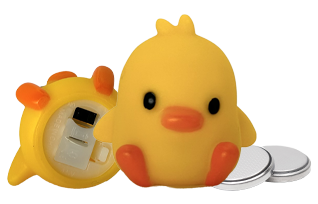
Our search for children’s toys returned this duck, simultaneously listed as a toy and a night light. We think the duck’s product title, inclusion in a search for children’s toys and appearance could all give the impression it is a toy.
As a night light, the duck doesn’t breach any guidelines or regulations. But as a toy, it risks more than guidelines breaches – it puts your child’s safety at stake.
The duck has no age recommendation, and the manufacturer’s label warns it should be kept out of children’s reach, due to its button batteries. The duck’s battery compartment has a manufacturer’s sticker over the top, warning of a button battery. The compartment itself contains three button batteries and is easily opened with a simple release mechanism, like the cat’s paw.
The batteries could easily be accessed by a child, and then ingested or inserted in an ear or nose.
Where to watch out for button batteries
Starship Hospital estimates around 20 children are taken to its emergency department because of button-battery-related injuries or suspected ingestion each year.
In 2023, the Ministry of Business, Innovation and Employment (MBIE) warned people buying toys for kids to be especially mindful of button batteries.
"Knowing if button batteries are in your home and knowing where they are is incredibly important. Not only could they be in gifts tamariki may get at Christmas, but also in everyday items like key fobs, or kitchen scales or hearing aids," said MBIE’s consumer protection team member Ian Caplin.
Caplin said over 60% of button-battery incidents are caused by batteries coming loose from products like toys or other everyday items, while 29% are caused by batteries being incorrectly disposed of or stored.
MBIE released a product safety policy statement in 2018, providing guidance to manufacturers of button batteries and products that use them. The guidelines, which are voluntary in Aotearoa, say that products using button batteries should:
- have two release mechanisms, which must both be activated to free the batteries.
- pass “use and abuse” tests to help ensure battery compartments can’t be opened during everyday use.
Comparable guidelines are mandatory in Australia.
Misleading product names and age recommendations
Of the 16 toys we purchased, eight had misleading or confusing product names and age recommendation labels.
Accurate age labelling, also called age grading, isn’t a legal requirement from a product safety perspective. Instead, it falls under the general provisions of the Fair Trading Act. Any business or person in trade in Aotearoa is prohibited from misleading or deceiving consumers, and that includes through labelling or marketing.
Children’s puzzle early education simulation music toy phone and car key set ($13.96)
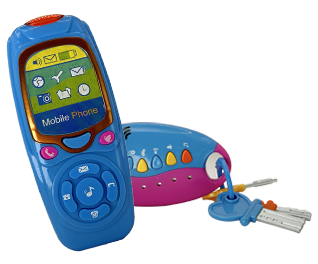
Touted as containing “the perfect baby phone”, this set of keys and a play phone was listed on Temu as being suitable for ages 0 to 3 and 3 to 6, though it wasn’t clear which age range applied to which toy, or if 0 to 6 applied to both. When the toys arrived, the manufacturer’s labels told a different story, stating they were suitable for ages 2+ and should only be used under the direct supervision of an adult.
We think terms like “early education” and “the perfect baby phone”, together with the contradictory age labelling, may potentially mislead buyers about the suitability of this set for children.
Manufacturers and suppliers can’t escape liability for product safety simply by labelling toys as only suitable for older children – if a toy is meant for a younger child, it’s got to meet the standards (see "Drop test results"). But this shouldn’t replace the need for accurate labels to help consumers make informed decisions about products.
New Baby Musical Toy, Pocket Piano Toy That Can Be Chewed ($8.97)

Though the product name gives the impression that this mini keyboard is suitable for infants or new babies, the packaging contained two different age recommendations. The first was on the manufacturer’s label, claiming the toy was safe for children aged 0 to 3. The second was on the box containing the keyboard itself, which said it was not for children under 18 months. This toy’s packaging warned it should only be used under the direct supervision of an adult.
Again, the contradictory age recommendations coupled with phrases like “new baby” and “toy that can be chewed,” really risks misleading consumers. As a result, children’s safety, including infants’, is at risk too.
Drop test results
Aotearoa’s Product Safety Standards (Children’s Toys) Regulations establishes a safety standard that anyone who sells toys must comply with. The standard applies to toys manufactured, designed, labelled or marketed for children up to and including 36 months of age (3 years).
The standard says these toys must not be, or have the potential to create, a hazard if swallowed or inhaled. Put simply, they can’t have small parts, including small parts that could come off during play. The standard also sets out testing methods to ensure no parts can come off and become a choking hazard.
While some of the testing requires specialist equipment, we were able to replicate the standard’s drop test to get an idea of how a toy would perform when played with by a child. The test requires toys below a certain weight to be dropped 10 times from a height of 1.38m. Toys are then checked for any “liberation” of parts – that is, parts of the toy coming free.
Of the 16 toys we drop tested, four had parts come free or break off. Three of those toys were marketed as suitable for babies and infants.
Cartoon baby mobile phone … toddler early education ($3.08)

This toy’s name indicated it was suitable for babies or toddlers, and its age recommendations varied contradictorily from 0+, to 18 months, to unsuitable for children under 36 months. However, there is another reason we would strongly warn any parent or caregiver against giving their baby this toy. While its silicone antennae look perfect for teething, after the tenth and final drop in our test, the keypad came off the toy, exposing the internal circuit board. No small parts came loose, but the exposed circuit system poses an electrical hazard, especially if the toy is being used for teething.
Children’s puzzle early education simulation music toy phone and car key set ($13.96)
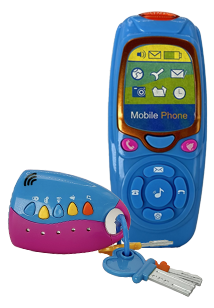
In another appearance for this toy set, which we’d already found had problematic age labelling, the phone failed our simulation drop test. On the ninth drop, the plastic shattered, with several small shards coming loose, exposing the inside of the toy. A larger piece that came off would pose a choking hazard and was very sharp along its splintered edges. The broken edge on the phone was also a safety hazard, risking cutting a child during play.
Temu claimed this toy was either suitable for ages 0 to 3 or 3 to 6, while the manufacturer recommended it for ages 2+. We wouldn’t recommend it for a child of any age!
Temu’s response
We raised our concerns with Temu, which said it takes product safety very seriously. “[We] require our merchandise partners to ensure that their products meet the applicable regulations where they are sold,” a spokesperson said.
“Upon receiving Consumer NZ's inquiry, we took immediate action and removed the items in question from our platform.”
Temu noted the button battery concerns we had, but didn't comment on our drop test or the misleading name and age recommendations. It said generally, “We require prospective sellers to submit necessary documentation as part of their onboarding process. Additionally, they sign agreements affirming their commitment to product safety and adherence to regulations relevant to their intended markets.”
What does the law say?
Under the Consumer Guarantees Act (CGA), goods must be of an acceptable quality. This includes goods being safe, durable, free from minor defects and doing what they’re made to do. Even though Temu is a platform for individual sellers, it’s still liable under the CGA and is ultimately responsible for ensuring goods sold on its platform are safe.
We’ve reported our concerns to Product Safety New Zealand. A spokesperson said, “We are aware of and monitoring the issue of potentially unsafe products being sold to New Zealand consumers via e-commerce sites.”
“All businesses and individuals that make or sell products including retailers, online sellers, and manufacturers are responsible for product safety and making sure the products they supply are safe,” the spokesperson added.
Under the Fair Trading Act, a good may be declared unsafe by the minister of Commerce and Consumer Affairs if it appears it will or may cause injury to any person. While only the minister may declare a product unsafe, you can report products you consider unsafe to Product Safety New Zealand at productsafety.govt.nz/report-an-unsafe-product.
Children deserve better protections
Consumers in the European Union have the protection of a revolutionary new piece of law, the Digital Services Act. The act is designed to ensure consumers can access safe, predictable and trustworthy online environments, including online marketplaces.
The BEUC, an umbrella organisation representing 44 consumer organisations across the European Union, argued in May this year that Temu was in breach of several provisions of the new act.
We think it’s time for consumers in Aotearoa to have access to the same protections. In addition to the potential for new legislation that specifically targets online marketplaces, we think it’s time MBIE’s product safety policy statement on button batteries became a mandatory standard, like the standards in Australia. We’ve been calling for mandatory standards on button batteries since 2017, to no avail.
MBIE’s statement was recently reviewed in 2023, with the ministry concluding that button battery incidents haven’t decreased since its introduction. We think this review was a missed opportunity to make the guidelines mandatory, especially if the statement hasn’t worked as intended.
In the meantime, we strongly recommend against purchasing children’s toys from Temu. It's a good idea to check any toys purchased from within New Zealand, too. Until there are mandatory enforceable standards, the risk to children’s safety remains.
We've tested 22 baby monitors.
Find the right one for you.
Arjona Software
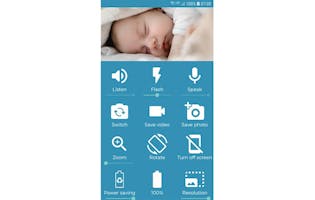
D-Link

Dormi
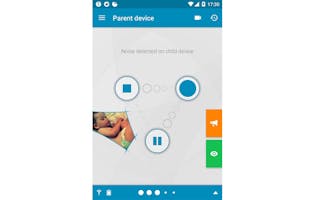
Member comments
Get access to comment